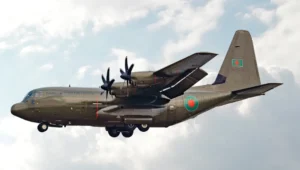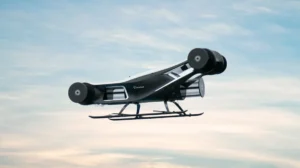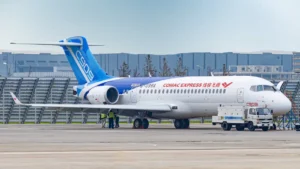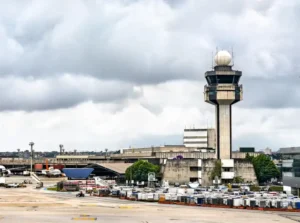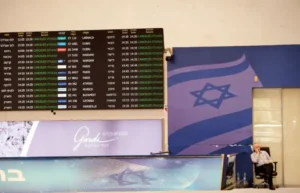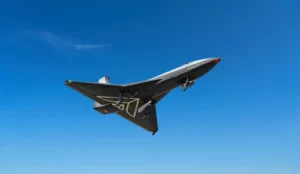The XB-70 Valkyrie: A Forgotten Icon of Supersonic Aviation
Before Concorde graced the skies with its sleek silhouette, another majestic marvel soared, almost forgotten in the annals of aviation history: the XB-70 Valkyrie. Developed as an experimental aircraft for the US Air Force, its maiden flight 60 years ago heralded a golden era of supersonic innovation.
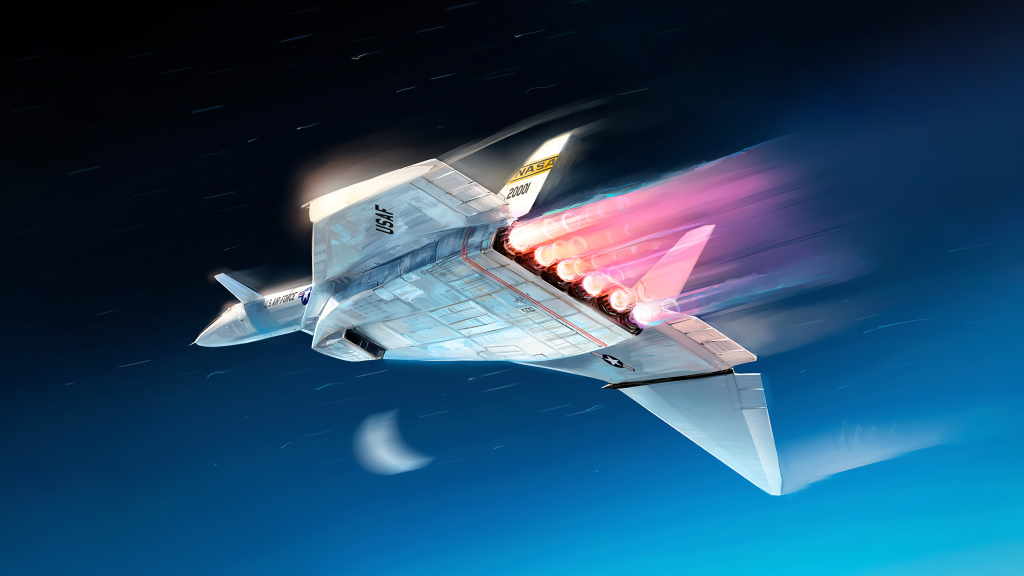
Tony Landis, a historian at the Air Force Materiel Command, reflects on the XB-70’s enduring allure: “The XB-70’s design was nothing short of breathtaking. Its blend of speed and altitude capabilities, conceived over 65 years ago, remains a testament to the ingenuity of its time.”
Despite its groundbreaking design, the XB-70 program faced challenges. Conceived as a Mach 2-capable bomber, shifting military priorities led to its adaptation for high-speed flight research. Yet, its legacy transcends its military origins, inspiring awe and admiration even today.
The XB-70’s distinctive features, from its foldable wingtips to its delta-shaped wings, influenced subsequent supersonic aircraft designs, including Concorde and the Tupolev Tu-144. Its iconic status is immortalized at the National Museum of the United States Air Force, where spectators marvel at its timeless design.

Originally envisioned as a bomber, the XB-70’s potential as a passenger transport was explored. With proposed variants accommodating up to 158 passengers, it promised a luxurious and swift travel experience akin to Concorde.
Tragically, the XB-70 program was cut short by a fatal midair collision in 1966, marking the end of its operational lifespan. However, its legacy endures, shaping the trajectory of high-speed aircraft design for generations to come.
As we celebrate the XB-70 Valkyrie, let us not forget its pivotal role in advancing supersonic aviation. Though its wings may no longer grace the skies, its spirit lives on, inspiring innovation and pushing the boundaries of human flight.



